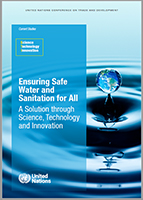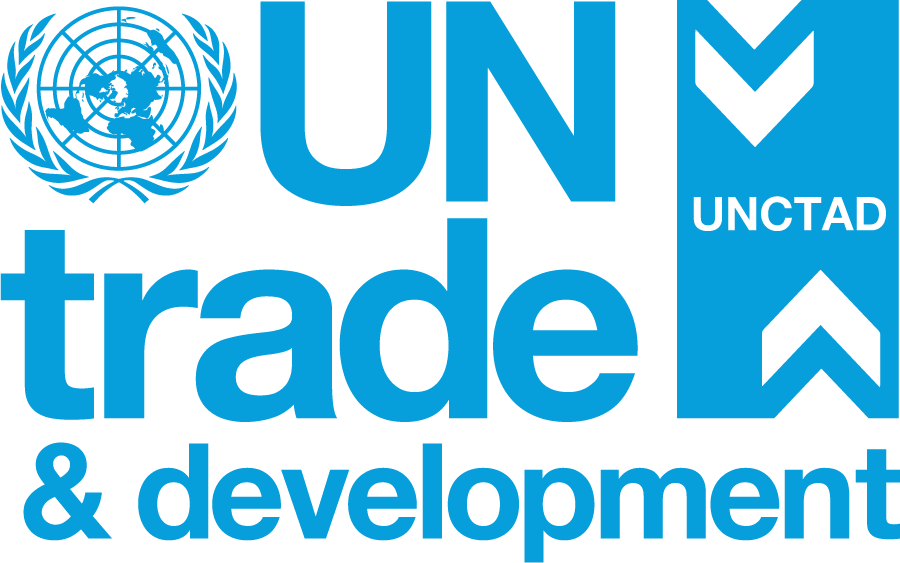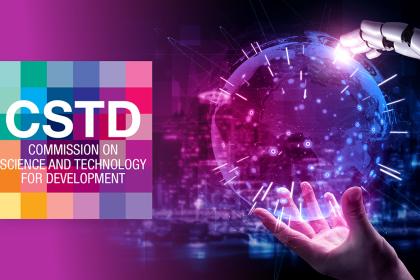Ensuring Safe Water and Sanitation for All: A Solution through Science, Technology and Innovation

Access to safe water and adequate sanitation is a basic human right. While progress has been made towards the achievement of the Sustainable Development Goal on water and sanitation (SDG 6), the trends and current status of access to water and sanitation provide cause for concern. There is an urgent need to devise solutions that accelerate progress and ensure that no one is left behind.
Nearly every other Sustainable Development Goal relies in some way on the achievement of SDG 6. Together with good hygiene practices, for instance, it is essential for the achievement of good health and well-being (SDG 3) and gender equality (SDG 5) as well eliminating poverty (SDG 1) and reducing inequalities (SDG 10). As a determinant of success in areas including agriculture, energy, and disaster resilience, it has vast and consistently underestimated socio-economic impacts.
Whilst factors including better policies and governance, increased funding, improved infrastructure, and increased data availability for better decision-making are central to resolving water and sanitation issues, there is no doubt that Science, Technology, and Innovation (STI) can play a particularly significant role.
Responses to the COVID-19 pandemic demonstrated the vital role of STI in delivering solutions to critical challenges. Countries are now more attentive to the development and deployment of new technologies and processes.
New applications of existing technology and techniques have great potential to increase the efficiency of existing water and sanitation systems and to secure water and sanitation for all. STI for water has thus played a central role in discussion at recent international water policy events.
It will be a key focus in the upcoming 2023 UN Water Conference and the 2022 International Water Association Congress in Copenhagen.
This paper explores the role of STI as key enablers of catalytic actions toward achieving universal access to safe water and sanitation.
The second chapter discusses the progress in implementing SDG 6 and challenges in meeting its targets.
The third chapter provides an analytical framework for and examples of practical STI solutions which address issues in providing water and sanitation services.
Chapter four highlights the global effort to build partnerships and cooperation in achieving SDG 6.
Finally, chapter five proposes recommendations to be considered by policymakers and the international community.





